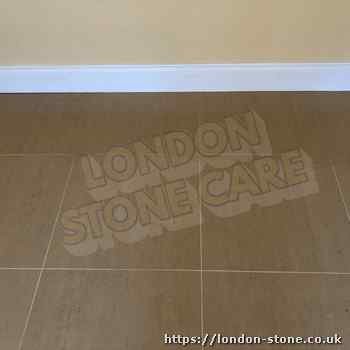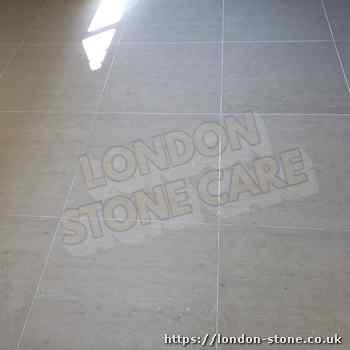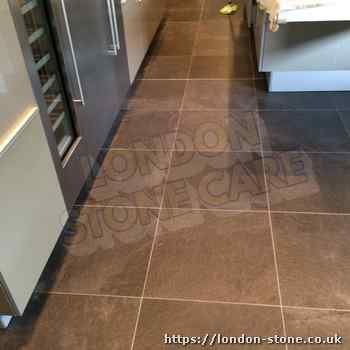
Porcelain Tiles Cleaning London
See The Best Porcelain Tiles Cleaning London.
- Porcelain floor cleaning experts are here just for you.
- We have been cleaning Porcelain floor tile floors around the [location] area for more than two decades.
- Make contact now for your free Porcelain cleaning quote.
Is It Simple To Clean Porcleain Tiles?

Coping with Porcelain cleaning is never a pleasurable task.
To be able to get through basic Porcelain floor cleaning problem solving is often difficult.
Choosing a dependable Porcelain restoration firm is difficult if you don't have any experience with this work.
This road map will help you make the most useful choice of a Porcelain restoration company.
Porcelain is a kind of ceramic tile.
The extra minerals means Porcelain is sturdier and denser than standard ceramic tiles.
When Porcelain isn't produced properly, the top can assimilate dirt.
The tiny surface pits cam cause it to be difficult to get rid of this dirt. You need to have specialist machines and cleaning solutions to remove this dirt.
After cleaning, we can apply specialized porcelain sealers to prevent this problem.
Solid colour porcelain tiles could be ground, honed and polished, the same as granite and marble
Cleaning Porcelain Tiles

Cleaning Porcelain tiles often takes a shorter time compared to stone or clay tiles.
The glazed polish accelerates mopping.
Specialized tile cleaning will still provide better results.
After cleaning we apply a professional tile sealer.
Porcelain tile sealing makes cleaning much simpler and will help protect from spills.
Porcelain Tile Cleaning - The Process

You should have specialist Porcelain cleaning machines to get rid of ingrained soil.
Strong Porcelain cleaners break down the dirt. Leave the cleaner on the floor for around twenty minutes to break up the impacted soil. Rotary srubbing machinery lifts the impacted soil off the stone.
Then, rinse away the slurry and check out the condition of the floor. Keep scrubbing and rinsing until the floor is clean. Smooth Porcelain is usually clean after a couple of passes. Multiple scrub and rinse passes may well be needed won rough surface Porcelain. After scrubbing and rinsing, deep holes can continue to have soil.
If there is a lot of residual dirt, it may be extracted by hot rinsing machines. This impressive mix of high-pressure and whirling nozzles frees difficult dirt that is immediatelly vacuumed off. It is astonishing how much additional soil the high-pressure rinsing process removes.
Sealing Porcelain Tile and Grout
Porcelain Tile Grout is usually sealed with a penetrating impregnating sealer. 1 or 2 coats of sealer isusually sufficient for Porcelain Tile Grout. There is not much sealer a Porcelain Tile and Grout, therefore the sealer should really be topped up each year. Bear in mind that an impregnating sealer will not protect against acid etching Porcelain Tile and Grout. {This means that acid spills for instance [xfield_acid-spills] will penetrate the impregnating sealer on your Grout, leaving a dull etch mark.}
Coloured acid spills will also stain your Grout .
Polishing Porcelain Tiles

Porcelain is a tough tile. While Porcelain is hard, it may be harmed. Scratches might ultimately result in a loss of shine. But worn Porcelain doesn't always have to be changed.
Many stone and tile restoration companies won't grind and polish Porcelain. But we understand Porcelain's uncompromising style, and have the right equipment and ways to get it looking its absolute best once more. We will recover Porcelain to eliminate the damage, uncovering a new surface. Our specialists have machines created specifically for Porcelain polishing. They can produce a cosy, inviting matt or honed finish, a magnificent, mirror polish, or something in between.
Polishing Of Porcelain - The Process

In the event that Porcelain has just started to lose its gloss, it could be possible to revitalise the luster by just polishing. Special Porcelain polishing creams and powders incorporating tiny abrasive grains. The polishes are massaged in to the floor using special buffing disks and incredibly heavy buffing equipment weighing one hundredkilograms and above. The polishing compounds removes minute scuffs and scratching and polishes the top to a high luster. This procedure will not clear away obvious scratches or worn patches.
Porcelain Honing And Polishing

Dull patches and scratches in Porcelain need to be taken out with diamond honing before the Porcelain may be polished. Porcelain honing takes heavy rotary honing machinery with diamond-filled resin disks. The diamonds get rid of a small amount of Porcelain from the top of the Porcelain tiles, revealing a new, smooth top, ready for Porcelain polishing. If the your Porcelain tiles are uneven, with lippage over 1mm, or if perhaps there are some deep scratch marks the Porcelain ought to be ground before starting the honing process.
Porcelain Tile Restoration

A Porcelain floor will want a complete restoration if there is any scratches, lippage or damage. Uneven tiles are unattractive, and in some cases, a slip hazard. Metal diamond machines removes the surface, (also generally known as lippage removal) to leave a smooth, level surface employing diamonds wrapped in a soft metal matrix, built to remove millimetres of Porcelain.
Grinding is a really an aggressive and lengthy endeavor, only to be performed by specialists aided by the right machinery and knowledge. After grinding, a black color Porcelain will be pretty gray because of the deep scratches made by the grinding stage.
As soon as your Porcelain finish is made flat, we can give you the finish you want, honed, high-polish, or somewhere in between.